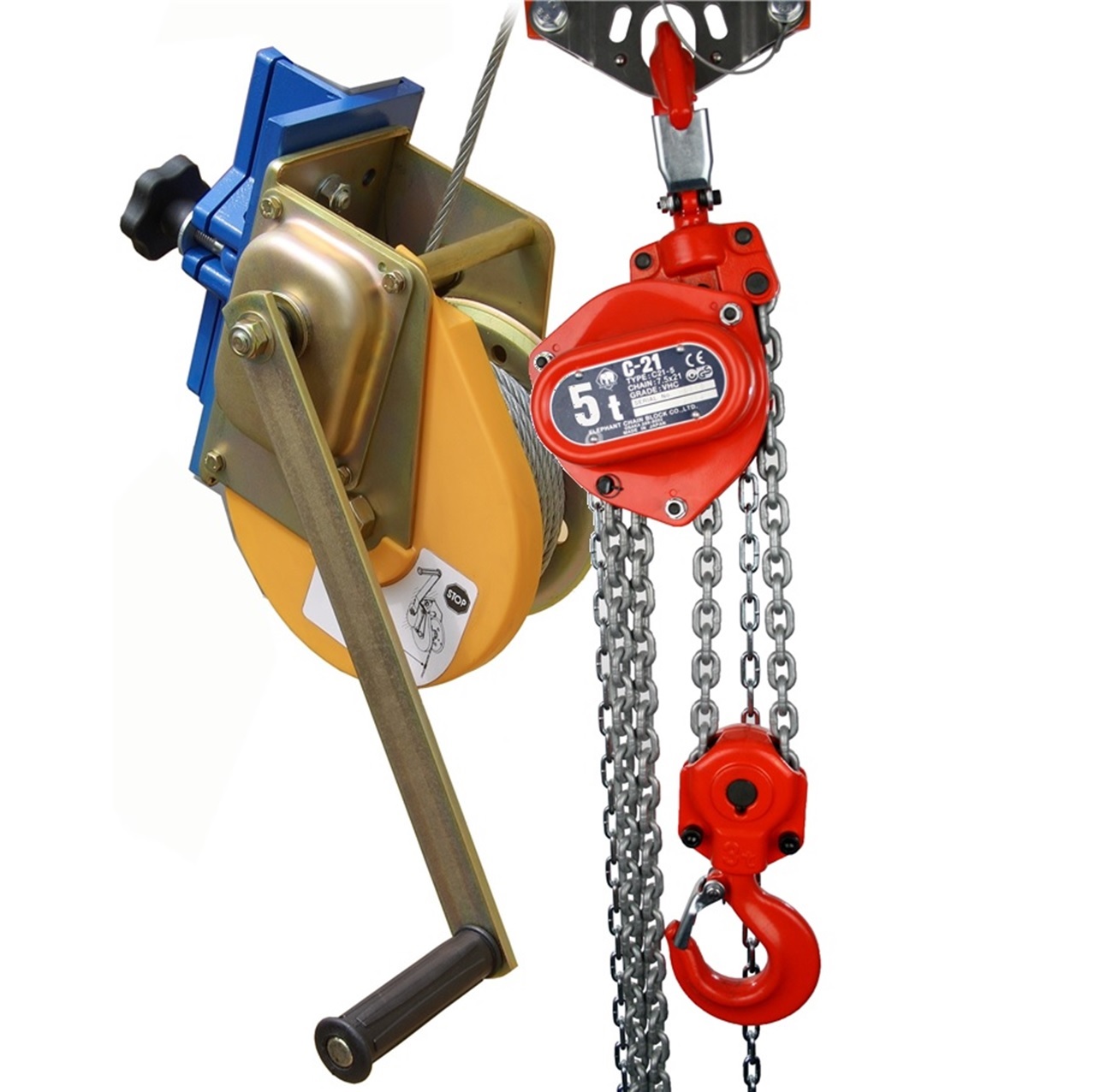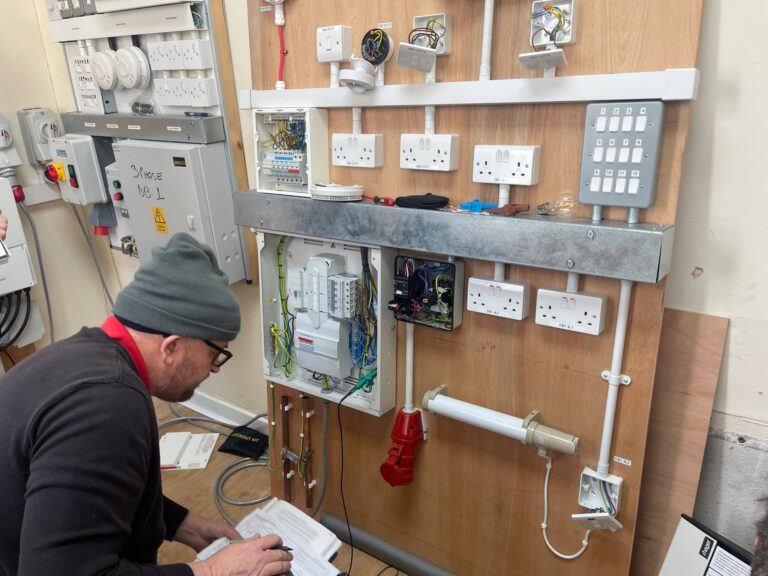
When searching for a winch hoist solution, knowing just how much pressure or force you’re trying to apply is essential. Although some individuals use these phrases interchangeably, there is a distinction to be made, and it’s critical to recognize it before deciding which solutions are best suited to your field of work and the task at hand. When you understand the differences, you can be confident that you’re receiving the correct tool for the job; if you’re not sure, our team is ready to walk you through them. Then, we can assist you and direct you to the best choices from our selection.
What Is The Difference Between A Hoist and A Winch?
Winches and hoists have a strong resemblance and appear to work in the same way at first glance. Both can pull or lift massive objects, whether a car or a truck. The fundamental distinction is how winches and hoists pull what is attached. The purpose of a winch is to draw a heavy load horizontally. A winch would be ideal for hauling a car out of a ditch or loading it onto a trailer. The purpose of a hoist is to lift a heavy load upward. For example, a hoist could remove the engine from an automobile or lower anything onto a truck bed.
Can They Be Used Together?
Some individuals mistake the terms ‘hoist’ and ‘winch,’ though there is a distinction between them, and it’s critical to know the difference before deciding which device to operate for a specific job. Winches draw loads horizontally from a somewhat level surface, where hoists lift heavy loads vertically and then suspend the weight mid-air.
Mostly, these machines are not convertible and are designed to perform specific jobs, such as carrying weight in a particular way. Lifting loads off the ground with a standard winch is dangerous. Since these devices are meant to fulfill a pulling duty in a horizontal plane, there is a significant risk of a winching cargo falling. For flat pulling, it places direct vertical weight on the drive. If you’re dragging a weight up an abrupt and steep slope where the load could fall owing to gravity if not supported, you’re doing a lifting procedure, which necessitates using a hoist rather than a winch. Winches typically employ dynamic brakes, which support rolling freight rather than lift deadly weights. When drawing a load, the gears of a dynamic braking system immediately lock, but raising a weight vertically can exceed the system’s strength, driving the load to slip and possibly harm the gears. Mechanical brakes are used on hoists, and they’re devised to lock and sustain the heavy load you’re raising. This technique is significantly more suitable for vertical lifting, and in contrast to winches, most hoists have load limiters that restrict you from lifting a weight greater than the hoist’s Working Load Limit. There is, however, some overlap: some winching items are designed to also serve as hoists.
An Assortment
However, because some winching products are designed to double as a hoisting system, there is some overlap. These are custom-built solutions that were successfully tested as a dual system. They rely on improved brake and line management skills to ensure that any unexpected weight transfer may be handled effectively without generating problems. These important systems may be more expensive than simpler alternatives, but they allow you to rely on a single system rather than searching for the best one for the job. Knowing that you can handle the task, whether on a flat surface, a steep hill, or a vertical drop, is best to ensure peace of mind.
Please speak with our knowledgeable staff when you’re looking for the best winch and hoist systems on the market. First, we may go through your wants and requirements and your assignment. Then, with experienced guidance, you may invest in the best possible solution for your needs. To learn more about these gadgets, contact us today.







